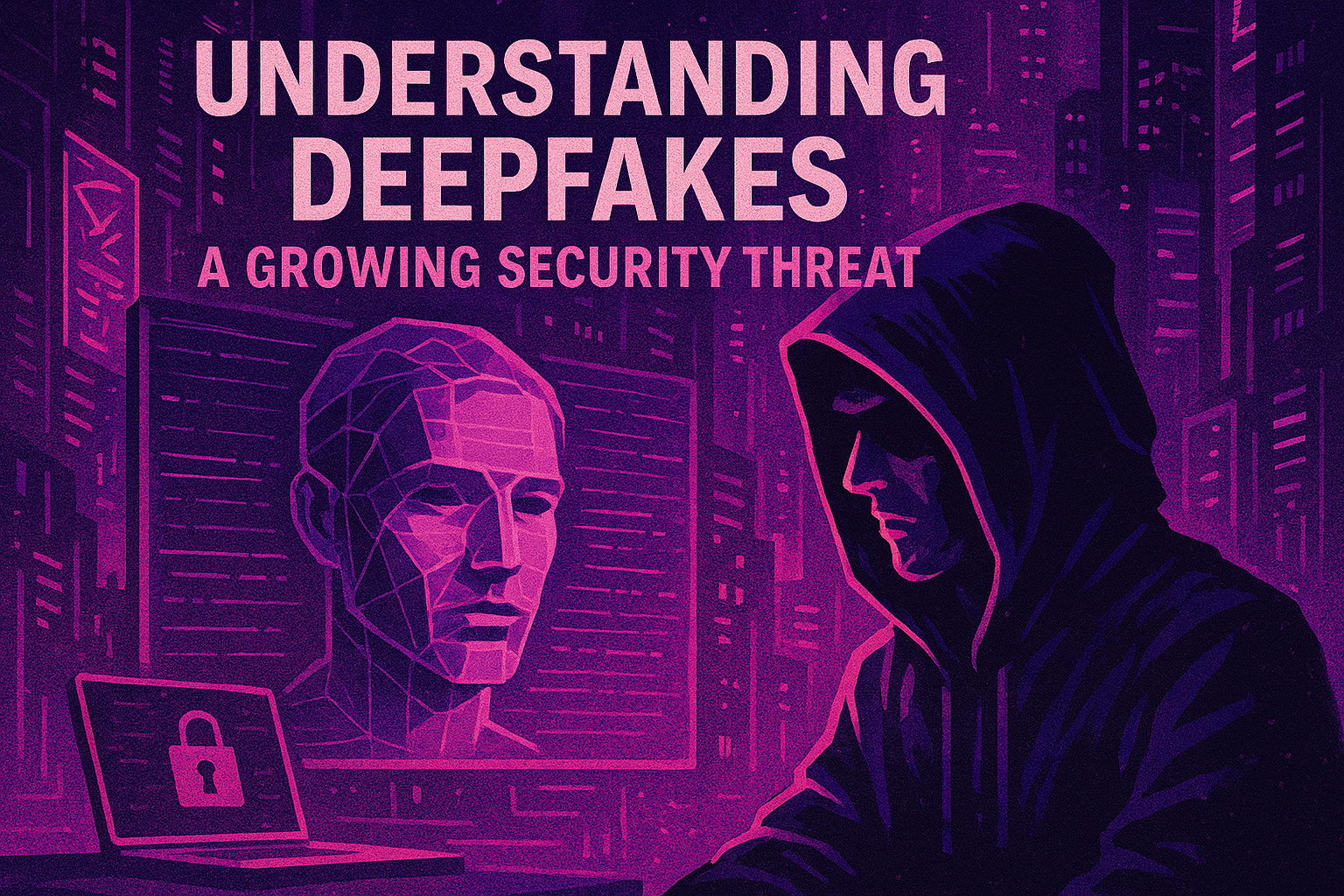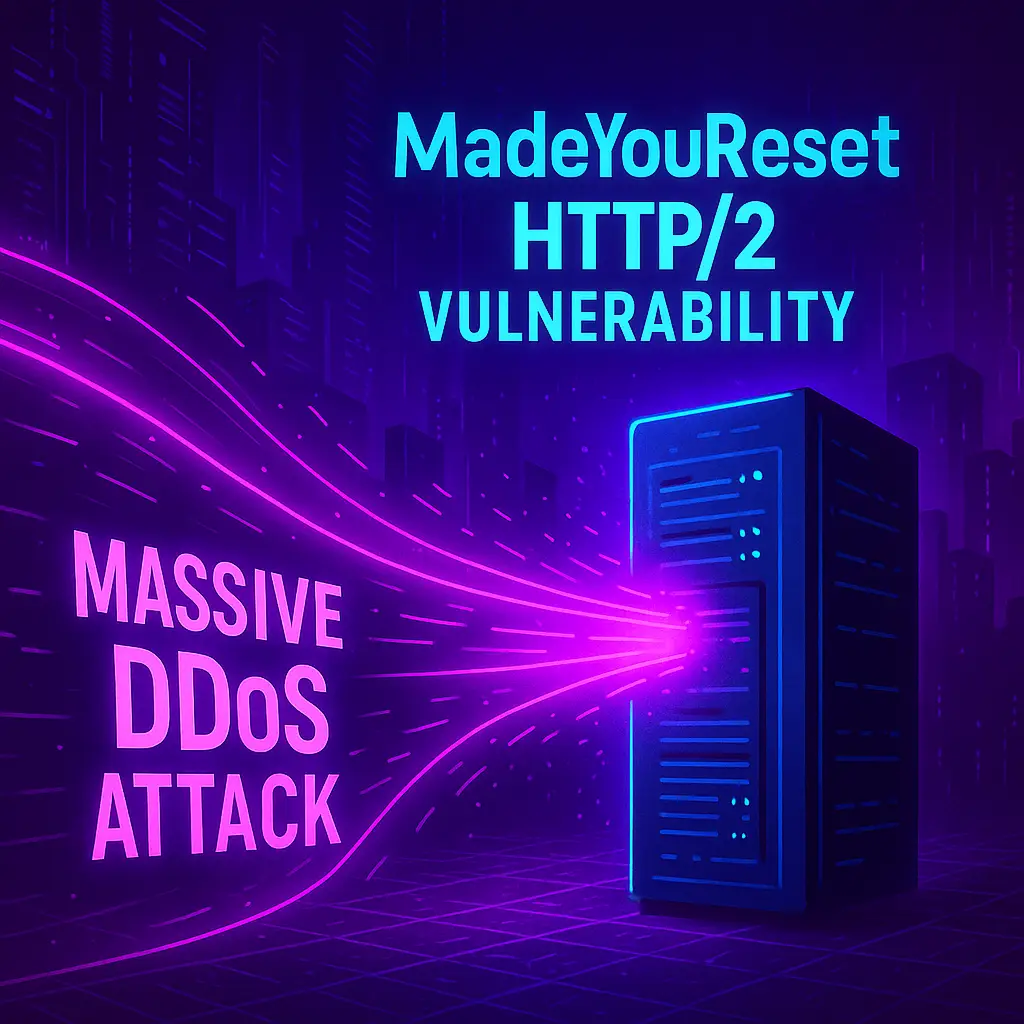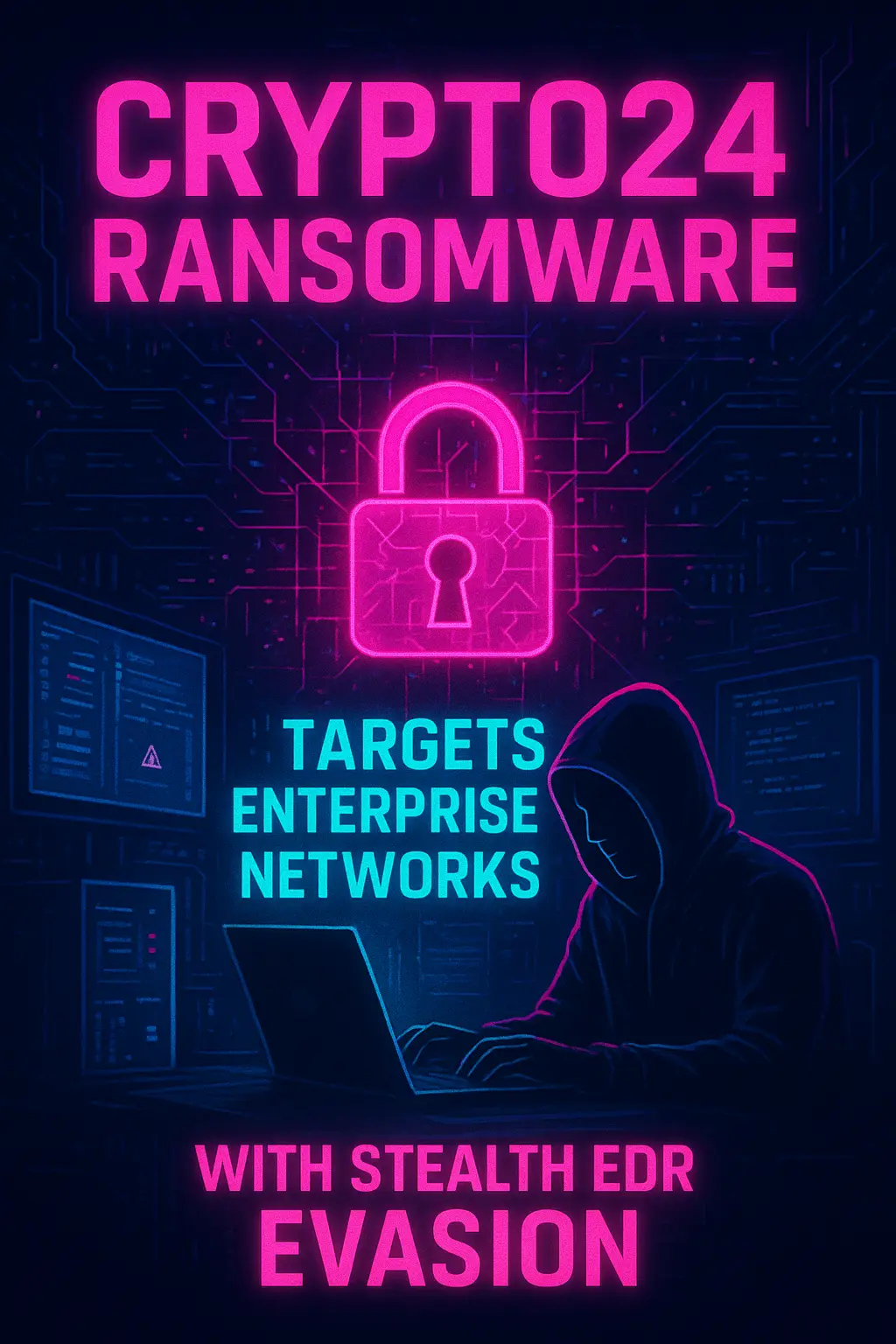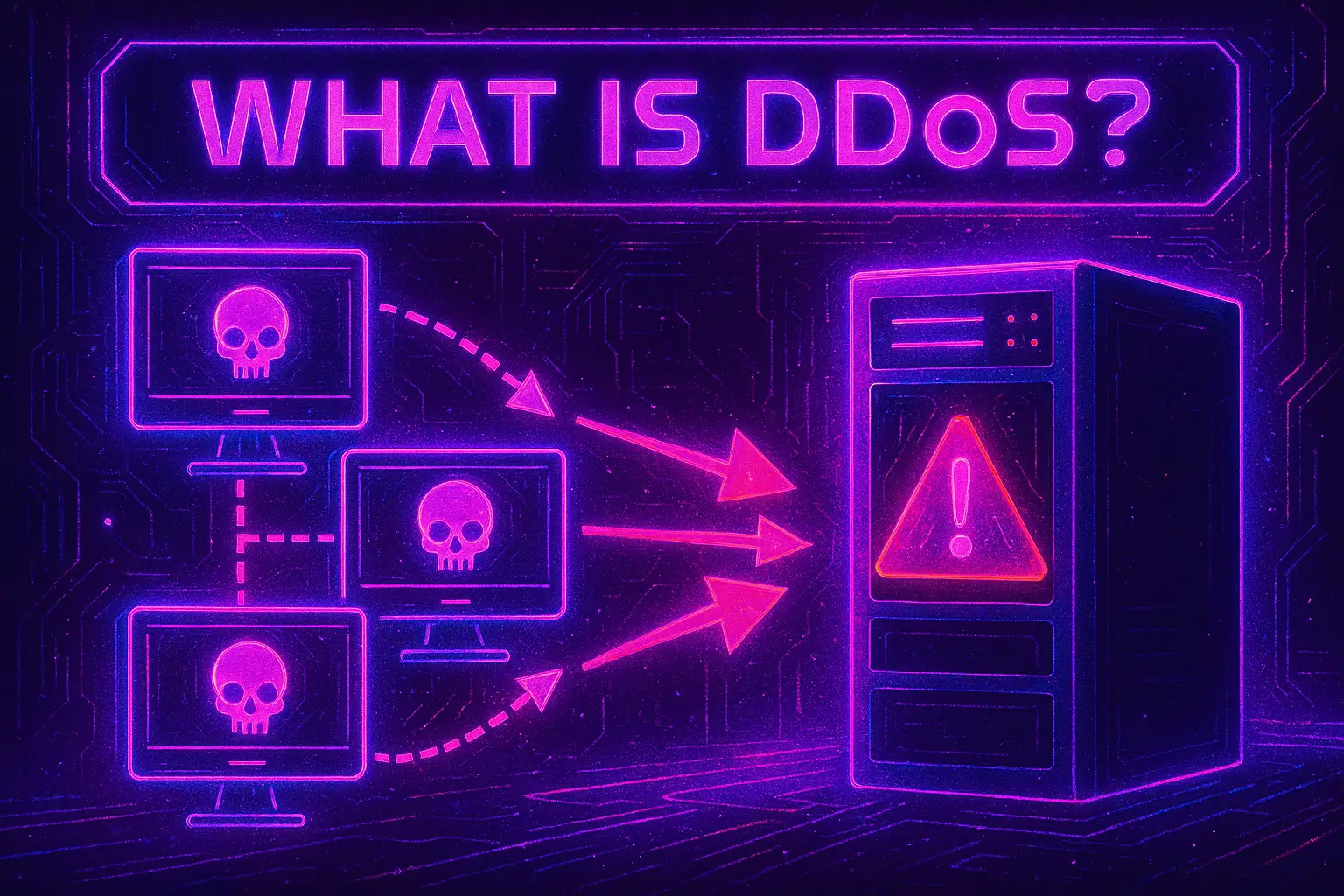When most people think about cyber threats, they imagine a faceless hacker launching attacks from a remote location. But some of the most dangerous threats are already inside the organization—on the payroll, behind a desk, and logged into your systems.
Insider threats are an often-overlooked cybersecurity risk, capable of causing significant damage—whether through malicious intent or simple negligence.
In this article, we’ll explore:
- The different types of insider threats
- Who can become an insider threat
- What privileges are most attractive to attackers
- Real-world examples that highlight the risks
What Is an Insider Threat?
An insider threat refers to any security risk that originates from within an organization. This can include employees, contractors, vendors, or partners—anyone with access to systems or sensitive data. Whether intentional or not, these individuals can compromise security in serious ways.
Types of Insider Threats
Insider threats generally fall into three categories:
Malicious Insiders
These individuals intentionally seek to harm the organization. Their actions may be driven by financial gain, revenge, ideology, or external influence.
Negligent Insiders
These insiders don’t mean to cause harm, but their careless actions—such as using weak passwords, clicking phishing links, or mishandling data—can still lead to serious security breaches.
Compromised Insiders
In this case, a legitimate user’s credentials are stolen or hijacked by an external attacker. Though the insider is unaware, their access is being used for malicious purposes.
Who Becomes an Insider Threat?
Insider threats don’t fit a single profile. They can come from:
- Current employees with access to critical systems
- Former employees whose access was never properly revoked
- Third-party contractors and vendors who often have high-level permissions but minimal oversight
- Business partners with shared access to networks or data systems
Anyone with internal access can potentially become a threat, whether by choice, accident, or compromise.
Privileges That Attract Cyber-criminals
Certain types of access are especially appealing to both insider threats and external attackers. These include:
- Administrator privileges – Full control over system settings, user management, and security configurations
- Database access – Direct entry into stores of sensitive data such as financial records or customer information
- Email systems – A launchpad for phishing campaigns or spying on communications
- Cloud storage access – Often poorly monitored and rich with sensitive documentation
- Source code repositories – Valuable intellectual property that can be stolen or sabotaged
High-level privileges increase the potential impact of a breach—and are prime targets for abuse or compromise.
Real-World Examples of Insider Threats
Edward Snowden (2013)
A former NSA contractor, Snowden leaked classified intelligence documents to the public. His actions, whether viewed as whistleblowing or betrayal, underscored the power a single insider can wield.
Anthem Health Breach (2015)
Hackers used stolen credentials from an employee to infiltrate Anthem’s systems, ultimately exposing the personal information of nearly 80 million individuals.
Tesla Insider Sabotage (2018)
A disgruntled Tesla employee made unauthorized code changes to internal systems and leaked confidential data, leading to a significant internal investigation and public fallout.
Capital One Breach (2019)
A former AWS employee exploited a misconfigured firewall to access data affecting over 100 million Capital One customers. Her insider knowledge enabled the breach.
Final Thoughts: Looking Inward for Better Security
Insider threats remind us that security isn’t just about keeping the bad guys out—it’s also about keeping the good guys (and their access) in check. Whether the threat is malicious, careless, or compromised, the results can be equally damaging.
To reduce the risk:
- Enforce least privilege access across all roles
- Regularly review and audit user accounts
- Terminate access immediately when roles change or employment ends
- Provide ongoing security training for all staff
- Monitor for unusual behavior or access patterns
Insider threats may be complex, but they’re manageable—with the right awareness, policies, and vigilance.
Thanks for reading.
If you’re looking to strengthen your organization’s insider threat defenses, feel free to reach out, subscribe to our updates, or continue exploring our blog for more insights.







